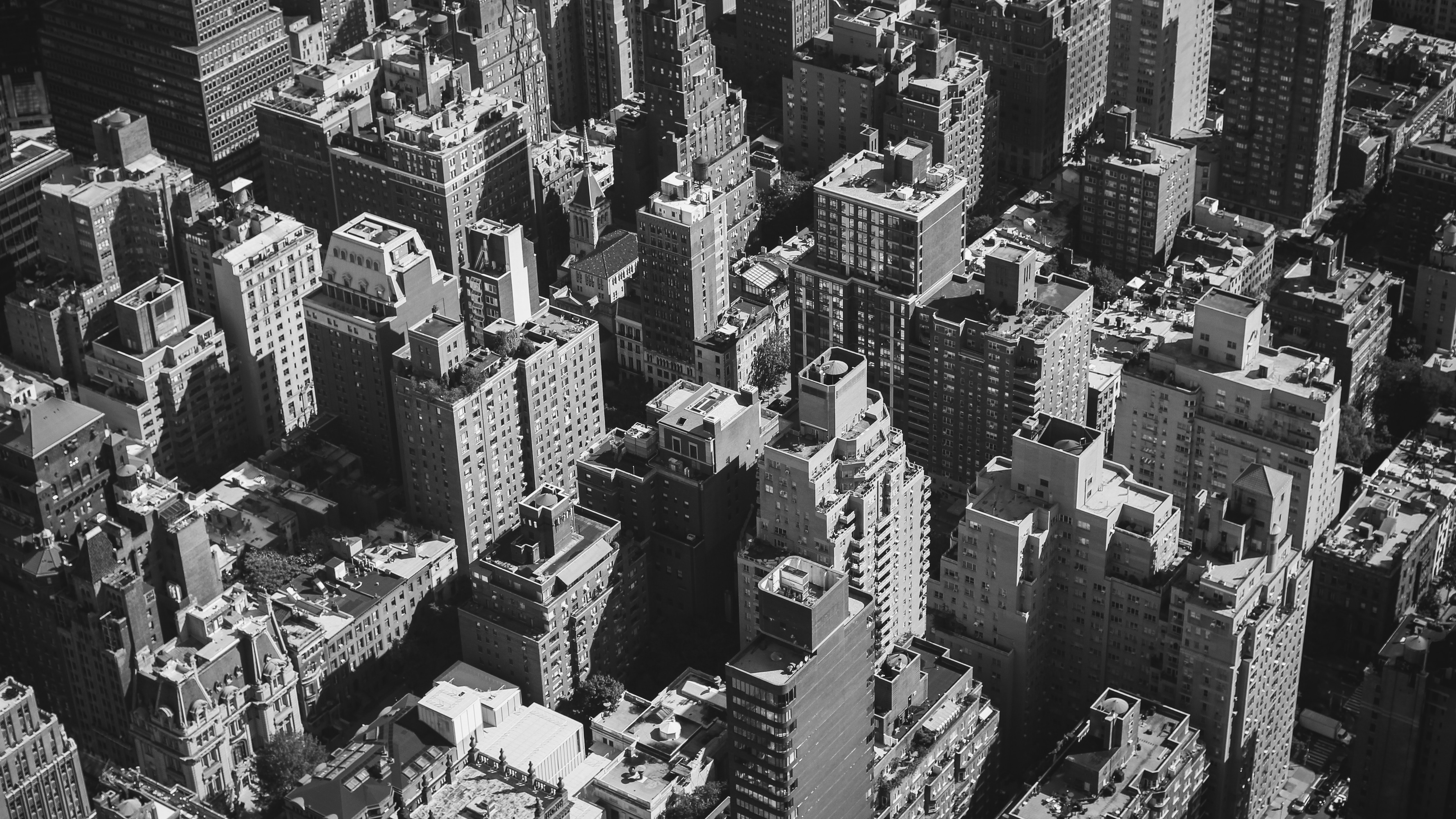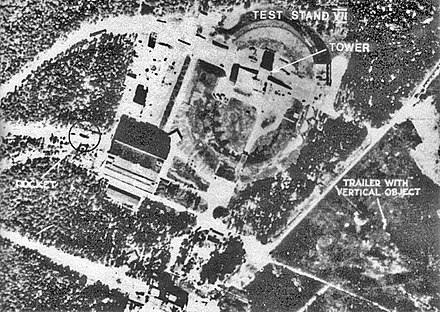Oblique aerial photography is used for movie production environmental studies power line inspection surveillance construction progress commercial advertising conveyancing and artistic projects. How Did Aerial Photography And Radar Change Mapmaking.

Aerial Imagery Explained Top Sources And What You Need To Know Up42
See answer 1 Best Answer.

. 1 See answer salvadorjr2002 is waiting for your help. When skillfully interpreted these aerial images supply geographers historians ecologists geologists urban planners archaeologists and other professionals with a pictorial basis. Add your answer and earn points.
Miles and three map sheets on a scale of eight miles to the inch each. Each photo is spatially referenced by the Global. During the last ten years forty map sheets on a scale of four miles to the inch each covering an area of 5000-6500 sq.
They allowed to more precisely make maps. - 13104522 salvadorjr2002 salvadorjr2002 08222019 Biology Middle School answered How did aerial photography and radar change mapmaking. How did aerial photography and radar change map making.
How did aerial photography and radar change map making. All photographs are captured with some inherent geometric distortion. However those distortions can be.
Aerial photography became an important part of the mapmaking process in the twentieth century. The idea was to take overlapping photographs and stitch them together to form a bigger map of a wider area. How did the aerial photography and radar change mapmaking.
Mapmaking has been vastly improved with the use of aerial photography and radar. How did the aerial photography and radar change mapmaking. Using aerial photography archaeologists were able.
Aerial photography generally flown from an airplane is still widely used in the creation of topographic maps worldwide. Mapmaking has been vastly improved with the use of aerial photography and radar. They use pixels and then the computer takes those pixels and puts them together for an image.
See answer 1 Best Answer Copy More than 3000 years ago Chinese feng-shui practitioners used lodestone - a naturally occurring magnet to orient in the environment and find iron rich ores. Traditionally photos are captured while flying at 10000 feet over the ground. The level of accuracy has increased and remote areas are now accessible.
Photography can provide black-and-white color or color-IR data in either film or digital form. How do satellites and computers work together to make images. They have allowed more accuracy in mapmaking.
Colonel Sir Henry James Superintendent of the OS introduced photography into the process of map production in 1855 and encouraged a role for photography in the recording of objects of antiquity which he saw as integral to the wider work of survey and mapping. An example of how aerial photography is used in the field of archaeology is the mapping project done at the site Angkor Borei in Cambodia from 19951996. Depending on the camera lens photos can be taken in black-and-white or near-infrared.
The natural and human-made surface features. The radar scanner is an. The primary aerial photographic product is a high-resolution 39 megapixel digital color photograph.
Mapmaking has been vastly improved with the use of aerial Photography and radar. The radar scanner is an aerial which rotates continuously. How did aerial photography and radar change mapmaking.
Aerial Image Change Detection Using Dual Regions Of Interest Networks Sciencedirect - If the day was cloudy aerial photography was useless. Sherman Fairchild began working on the idea of creating aerial maps. He began with Manhattan Island and saw great success.
The aerial alternatley transmits and receives in quick successio. Radar is used more often than Aeral photography. He essentially took Tournachons idea from the 1850s for map making and made it a reality.
They are also a relatively inexpensive and accessible data source. Each photo covers an area of approximately two square miles of the Earths surface. They have allowed more accuracy in mapmaking.
The huge expansion in the use of aerial photography for map making and map revision during world war i was therefore reliant on simple graphical techniques or. Narrow brown lines on. Aerial photographs provide a straightforward depiction of the physical and cultural landscape of an area at a given time.
In 1864 he ordered the Survey of Jerusalem where surveyor-photographer James McDonald of the Royal Engineers made 87. The level of accuracy has increased and remote areas are now accessible.

Aerial Imagery Explained Top Sources And What You Need To Know Up42

Aerial Imagery Explained Top Sources And What You Need To Know Up42

What Is The Difference Between Aerial Photo Maps And Plans Quora


0 comments
Post a Comment